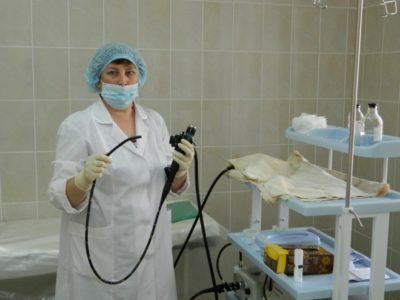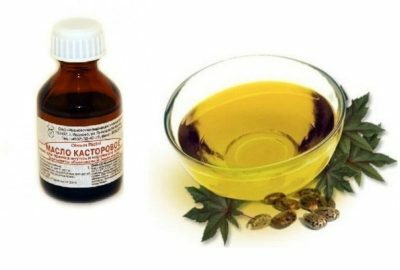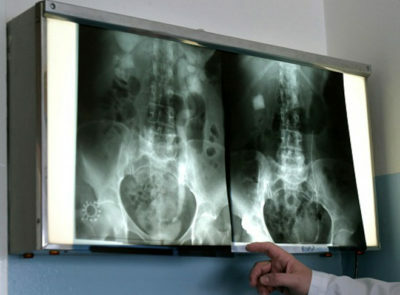1 Methods for testing
In order to check the stomach, laboratory and instrumental studies are required. It is necessary to carry out:
- gastroscopy( FGDS);
- computed tomography;
- X-ray study;
- ultrasound;
- biopsy;
- sensing followed by an assessment of the acidity of the stomach;
- physical examination;
- laboratory analysis.
Do you have gastritis?
GALINA SAVINA: "How easy is it to cure gastritis at home for 1 month. The proven method is to write down a recipe. ..!"Read more & gt; & gt;
The main diagnostic method is the EGF.Fibroesophagogastroduodenoscopy refers to endoscopic techniques, since a thin tube is inserted into the lumen of the esophagus and stomach, at the end of which the chamber is located. The latter is connected to the computer. With the help of gastroscopy, you can assess the state of not only the stomach, but also the esophagus, as well as the mucosa of the duodenum.
FGDs are planned and urgent. In the process of gastroscopy the doctor assesses the condition of the gastric mucosa, the presence of ulcers and neoplasms, the condition of the folds. EGF is indicated to the patient if he has the following symptoms:
- pain in the stomach related to eating;
- bloating;
- of nausea;
- of permanent heartburn;
- frequent eructations;
- vomit;
- of dysphagia.
With the help of gastroscopy, you can identify the following symptoms: ulcers, atrophic or hypertrophic gastritis, acute inflammation, diverticula, tumors, polyps, stenosis of the stomach, obstruction, hiatus hernia, reflux disease.

It is recommended to read
- Preparing for stomach gastroscopy in the morning
- How to do an x-ray of the stomach
- Preparing for EGF
- Effective remedy for gastritis and gastric ulcer
2 Preparing for the procedure and how to conduct it
Before testing the stomach, you should carefully prepare. You can look at the mucous only when the stomach is empty.1-2 days before the study must adhere to the diet. It is necessary to limit the consumption of chocolate, nuts and seeds. If there is a suspicion of stenosis, preparation should be more serious. Supper before EGD should be no later than 6 pm.
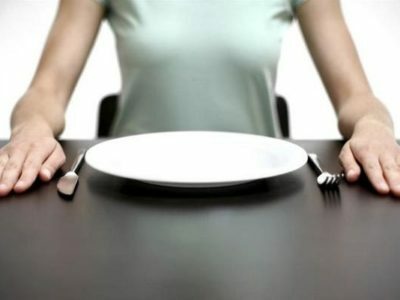
In the morning on the day of the study, one should not eat, drink, brush teeth, smoke and take medicines. The very procedure for examining the stomach is carried out in a special room on the couch. The patient is lying on his left side. The legs should be pressed to the body. Before the introduction of the tube, the patient should drink anesthetic. It works very quickly.
A funnel is placed between the teeth in the person's mouth. A thin tube is inserted into it with smooth movements. A person does swallowing movements when the doctor speaks. The duration of the inspection is about a minute. After the procedure, you can not eat for 2 hours.
-
 IMPORTANT TO KNOW! Gastritis? Ulcer? To have a stomach ulcer not turned into cancer, drink a glass. ..Read the article & gt; & gt;
IMPORTANT TO KNOW! Gastritis? Ulcer? To have a stomach ulcer not turned into cancer, drink a glass. ..Read the article & gt; & gt;
Gastroscopy has its contraindications. They include curvature of the spinal column, goiter, atherosclerosis, narrowing of the esophagus, asthma in the acute phase, cirrhosis, hemophilia, a history of stroke, esophagus displacement, myocardial infarction.
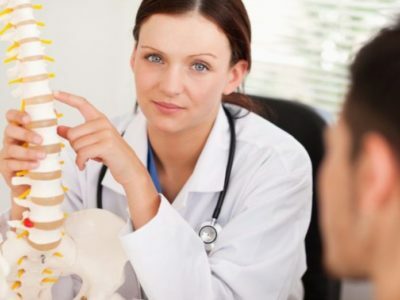
3 What is radiography?
A gastric examination can be performed using an X-ray machine. This method is based on the use of X-rays. Conducting contrast radiography. Contrast is a substance that does not pass X-rays. As it is used barium suspension. Less commonly, gas is used.

Radiography allows to assess the condition of the mucosa and sphincters, to reveal new growths, to determine the integrity of the stomach wall. To check up a stomach without a gastroscopy by means of a roentgen it is possible at suspicion on an ulcer, a tumor, malformations of an organ, diverticula and a gastritis. Contrast X-ray examination of the stomach is contraindicated in pregnant women, people with severe physical illness and with bleeding from the esophagus or stomach.
For 6-8 hours before the procedure should be abandoned food. To prevent the accumulation of gases, it is recommended to exclude cabbage, grapes, juices, citrus fruits, black bread, kvass and other carbonated drinks, radish, beans, peas from the diet. If necessary, sorbents are taken. In the case of constipation and flatulence on the eve of the procedure, an enema is made. The study is done in several projections after a review of radiography.
-
 Gastroenterologist. IMPORTANT: "I beg you, if you began to worry about abdominal pain, heartburn, nausea, do not do gas in any way. .."Read more & gt; & gt;
Gastroenterologist. IMPORTANT: "I beg you, if you began to worry about abdominal pain, heartburn, nausea, do not do gas in any way. .."Read more & gt; & gt;
A similar examination of the stomach can reveal the following deviations:
- body displacement( omission);
- decrease or increase of lumen;
- is a symptom of a "niche";
- filling defect;
- thinning of the mucosa;
- change the location of folds.
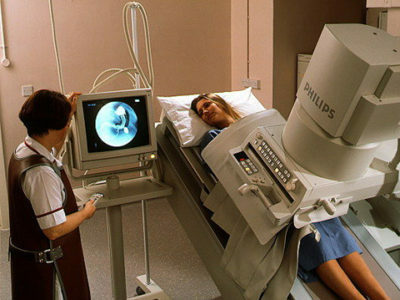
Symptom "niche" indicates an ulcer. It manifests itself in the form of a darkening at the location of the defect. Thinning of the mucosa may be a manifestation of chronic atrophic gastritis. The area of enlightenment of a rounded shape indicates a neoplasm. The narrowing of the lumen of the stomach is characteristic of the tumor. Omission of the stomach is possible with hernia and traumatic injury.
4 Sensing and determination of gastric acidity
The scheme of examination of the stomach without gastroscopy is rarely used.
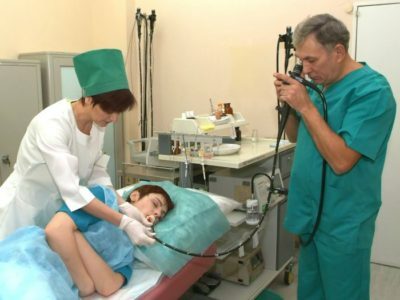
Along with FGDs, if suspected of gastritis, ulcer or any other disease, probing is necessarily organized.
Today, this procedure is painless. Modern probes have a diameter of only 4-5 mm. They are equipped with a camera. The procedure of sensing resembles a gastroscopy.
ADVICE FROM THE MAIN GASTROENTEROLOGIST
Korotov SV: "I can recommend only one remedy for the rapid treatment of Ulcer and Gastritis, which is now recommended by the Ministry of Health. .." Read testimonials & gt; & gt;
The tube is inserted at the desired depth and fixed on the clothes. It is necessary that the probe does not go into the duodenum. After this, the tube is connected to a special pump, the task of which is to take several portions of gastric juice. The study lasts a long time( up to 2 hours).
In the first hour, the juice that is produced on an empty stomach is sucked off. Portions are taken every 10 minutes. In an hour, 4 servings of juice are taken. They are placed in separate containers and labeled. Then a test breakfast is introduced into the stomach, after which the secretion is again taken. Each taken portion is subject to investigation.
The chemical composition of the gastric juice and its reaction are determined. At a chronic atrophic gastritis acidity is often lowered. The transparency, color and viscosity of the secret are determined. If the juice is reddish, then this is a sign of bleeding.

5 Other modern diagnostic methods
Computer tomography is one of the newest diagnostic methods for diseases of internal organs. During the study, the doctor receives three-dimensional images of the stomach. Tomography involves the use of very small doses of X-rays. If necessary, the contrast is used. Ultrasound is an auxiliary method for diagnosing stomach diseases.
Advantage of it is harmlessness for the person and ease in carrying out. Distinguish between simple( external) and endoscopic ultrasound. The external examination is carried out through the abdominal wall. The man lies on his back. The gel is applied to the stomach, after which an ultrasonic sensor is installed. The doctor drives the sensor along the stomach in the area of the stomach, and on the computer screen the organ is highlighted.
Endoscopic ultrasound is different in that the sensor is inserted into the stomach. Of no small importance is the physical examination. Organized deep and superficial palpation of the abdomen. In the first case, the doctor puts his hand on the patient's stomach. In this case, the pressure of the fingers should be weak. Begin with the left lower abdomen and move in a circle.
With deep palpation, the fingers are immersed in the abdominal cavity and slip through the organs. Palpation of the stomach is often difficult. It is possible to determine the greater curvature of the organ. By percussion, the doctor determines the size of the organ. In the event that in the course of a vaginal or radiographic examination a neoplasm is revealed, a biopsy is necessarily performed. Take a fragment of the stomach mucosa.
The material for microscopy is prepared from it. To assess the state of the stomach, laboratory tests are carried out( pH-meter, analysis for the presence of bacteria Helicobacter).These methods of research do not allow to determine the disease, but the therapeutic tactics depend on them. Thus, the pathology of the stomach can be detected with the help of gastroscopy, X-ray, tomography and ultrasound. FGDS is the most informative and reliable method of research. During the procedure, the doctor sees with his own eyes the condition of the mucous organ and signs of the disease( swelling, redness, ulcers, erosion, gland atrophy).
- 1 Methods of research
- 2 Preparing for the procedure and how to conduct it
- 3 What is radiography?
- 4 Sensing and determination of gastric acidity
- 5 Other modern diagnostic methods
If a person has abdominal pain, nausea, flatulence, lack of appetite or vomiting, a stomach examination is performed. To date, there are several methods of instrumental evaluation of the state of this body. Correct diagnosis allows you to assign adequate treatment and get rid of the disease.

